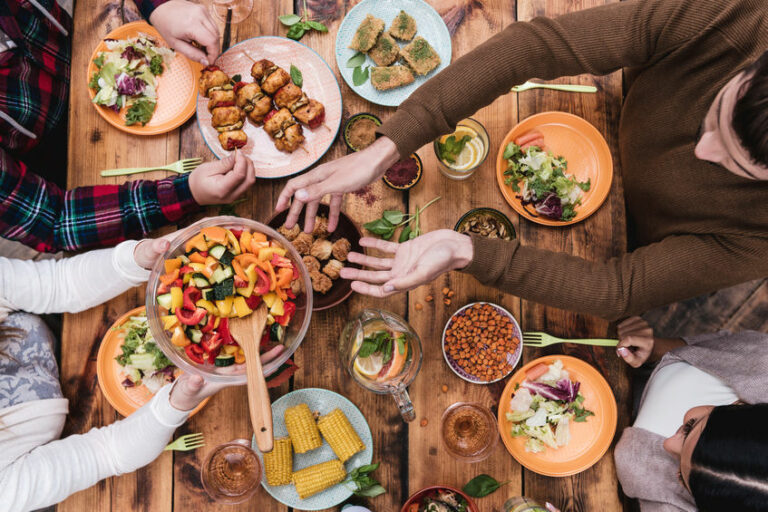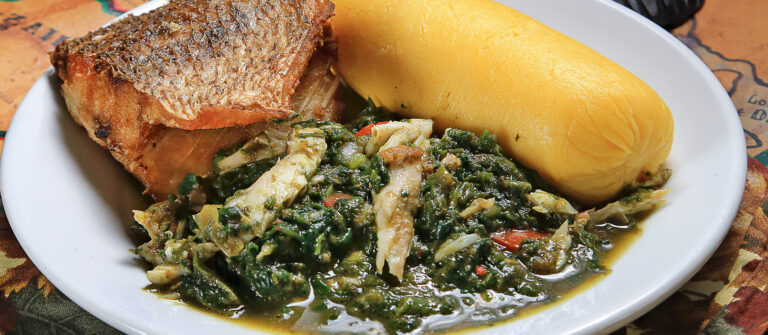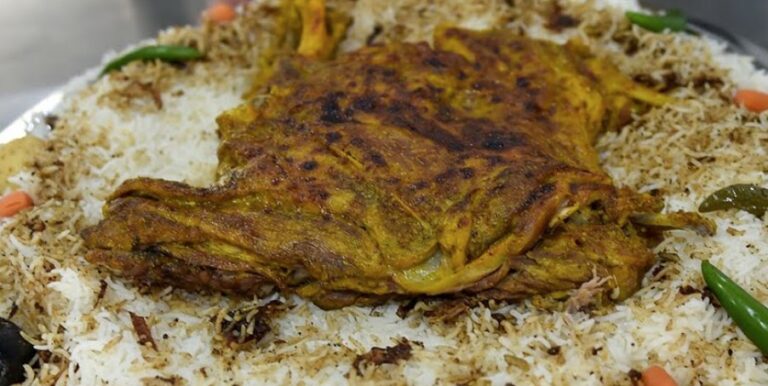Introduction: Dining Customs in Romania
Romania is a culturally rich and diverse country, with a unique blend of traditions and customs that make it an exciting destination for travellers. The country’s dining customs and etiquette are a reflection of its rich heritage, and are influenced by its history, geography, and religion.
Romanians are known for their warm hospitality, which is evident in their dining customs. Eating together is an important part of Romanian culture, and meals are often seen as a time for socializing and bonding with family, friends, and colleagues.
Table manners and etiquette
Romanians take their table manners seriously, and certain rules must be followed during meals. It is considered impolite to begin eating before the host has given the signal to start, and diners are expected to wait for everyone to be served before beginning to eat.
When eating soup, it is considered polite to tip the bowl away from you and scoop the soup towards you, rather than tipping it towards you and spooning it away. And when the meal is finished, diners should place their utensils parallel to each other on their plate, with the handles facing to the right.
Seating Arrangements
Seating arrangements at the table are often determined by the host or the event. In formal occasions, the most important guests are usually seated at the head of the table, with the other guests seated in order of their importance.
It is also common for the host to place their guests in a way that ensures that they will meet new people and interact with everyone at the table. This is done to promote socializing and networking among the guests.
Toasts and Drinking
Toasts are an important part of Romanian dining culture, and are usually made before the start of a meal or at the beginning of each course. It is customary for the host to make the first toast, and for the guests to follow suit.
When toasting, it is important to make eye contact with the person you are toasting to, and to raise your glass slightly higher than theirs. And when drinking, it is customary to finish your glass before placing it back on the table, as a sign of appreciation for the drink.
Serving and Eating Meals
In Romania, meals are often served family-style, with dishes placed in the middle of the table for everyone to share. It is considered impolite to take a large portion of food, and diners are expected to take only what they can eat.
When eating, Romanians use their knife and fork in the European style, with the fork in their left hand and the knife in their right. And when finished, diners should place their utensils parallel to each other on their plate, with the handles facing to the right.
Special Occasions and Festivities
Special occasions and festivities are an important part of Romanian culture, and are often celebrated with food and drink. Traditional foods such as sarmale (stuffed cabbage rolls) and mici (grilled minced meat rolls) are popular during festivities, and are often accompanied by local wine and spirits.
During these occasions, it is customary for the host to offer their guests food and drink, and for the guests to reciprocate the gesture by bringing a small gift or contributing to the celebration. And when leaving the table, it is important to thank the host for their hospitality and to express your appreciation for the meal.










